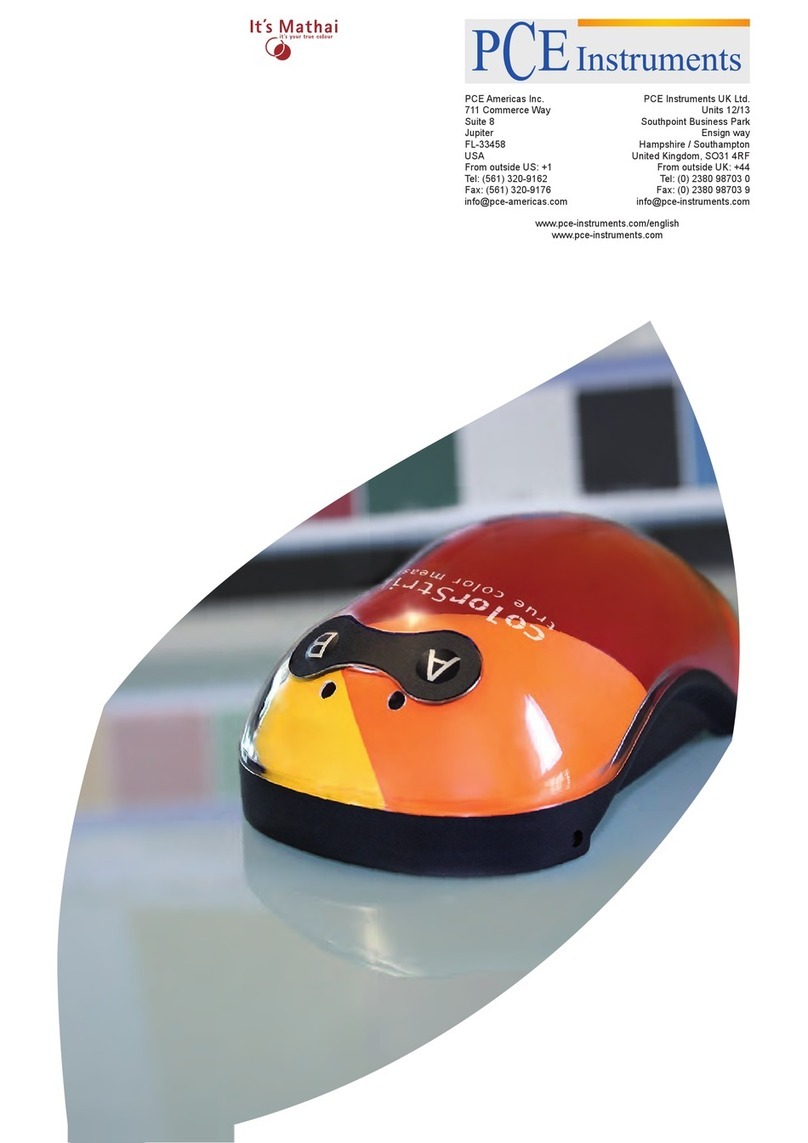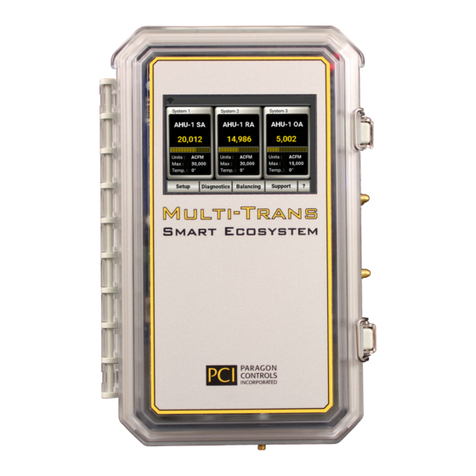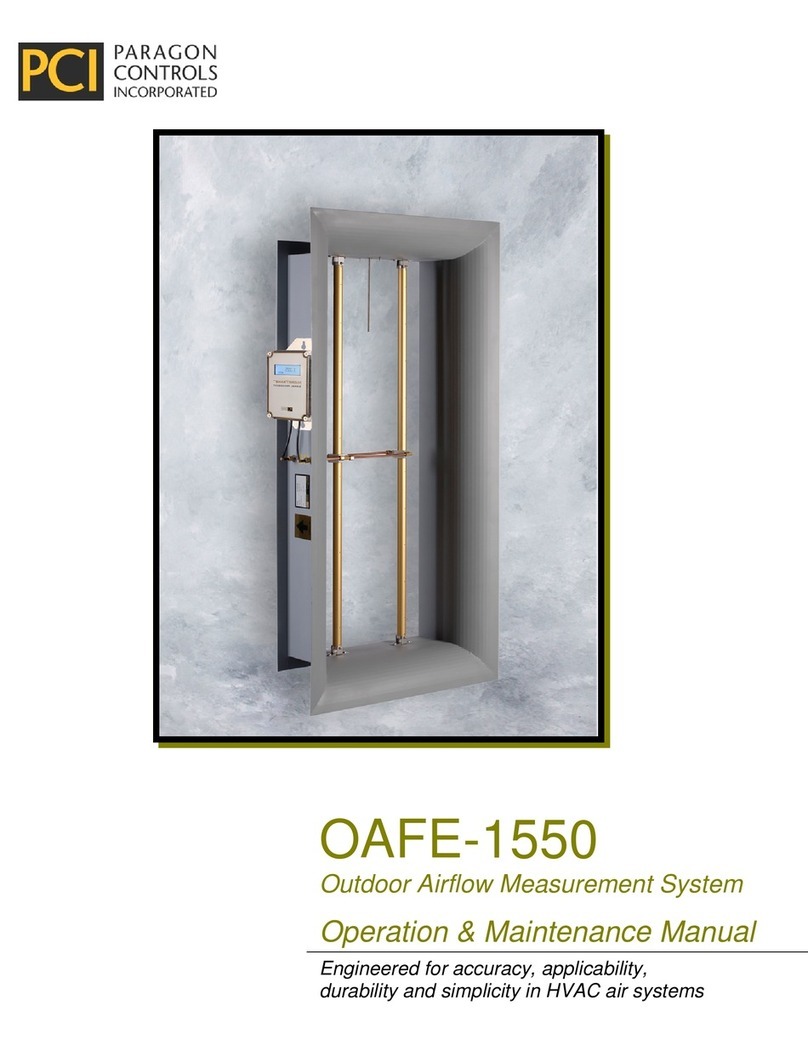
DRAFT MTSE IO&M Manual
ii
Paragon Controls Inc,
Rev J 2/3/2021
TABLE OF CONTENTS
1.
INTRODUCTION .............................................................................................................................. 1
1.1.
Description ................................................................................................................................... 1
1.2.
Specifications ............................................................................................................................... 1
1.3.
Safety ............................................................................................................................................ 1
1.3.1.
Electrical Connections .......................................................................................................... 1
1.3.2.
Static Electricity ................................................................................................................... 1
2.
INSTALLATION ............................................................................................................................... 2
2.1.
Product Installation Dimensions .................................................................................................. 2
2.2.
Electrical Connections.................................................................................................................. 3
2.2.1.
Common Electrical Connections .......................................................................................... 4
2.3.
Pneumatic Connections ................................................................................................................ 7
3.
MTSE CONFIGURATIONS .............................................................................................................. 8
3.1.
Display Overview ......................................................................................................................... 8
3.2.
System Configurations ................................................................................................................. 9
3.2.1.
Display Types ..................................................................................................................... 10
3.3.
Display Features ......................................................................................................................... 11
3.3.1.
Sensor Data Page Shortcut ................................................................................................. 11
3.3.2.
Keypad ................................................................................................................................ 11
4.
MENU INFORMATION .................................................................................................................. 12
4.1.
Levels of Menus ......................................................................................................................... 12
4.2.
Setup Menus ............................................................................................................................... 13
4.2.1.
Operating Range Menu ...................................................................................................... 15
4.2.2.
K-Factor .............................................................................................................................. 16
4.2.3.
Analog I/O Configuration .................................................................................................. 17
4.2.4.
System Filters ..................................................................................................................... 17
4.2.5.
Network Communications .................................................................................................. 18
4.2.6.
Temperature Compensation & Altitude ............................................................................. 19
4.2.7.
Alarm Options .................................................................................................................... 20
4.2.8.
Units and Precision ............................................................................................................. 22
4.2.9.
ΔP Settings ......................................................................................................................... 23
4.3.
Diagnostics Menu ....................................................................................................................... 24
4.3.1.
Sensor Data Page ................................................................................................................ 24
4.3.2.
System Overview ............................................................................................................... 26
4.3.3.
Factory Defaults ................................................................................................................. 27
4.3.4.
Software Update ................................................................................................................. 27
4.3.5.
ScreenSaver ........................................................................................................................ 28
4.3.6.
AutoZero Settings ............................................................................................................... 28
4.4.
K-Factor Page Shortcut .............................................................................................................. 29
4.5.
Notification Page ........................................................................................................................ 29
4.6.
Troubleshooting and Help Pages................................................................................................ 31
ATTACHMENTS
A BACnet PROTOCOL IMPLEMENTATION CONFORMANCE STATEMENT
B MODBUS SOFTWARE CONFIGURATION PARAMETERS































